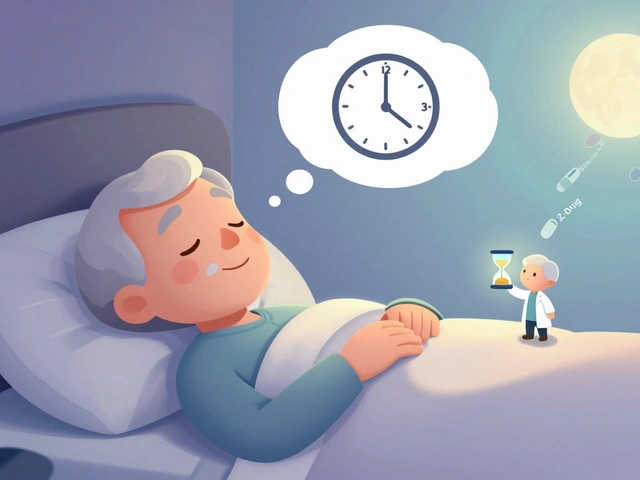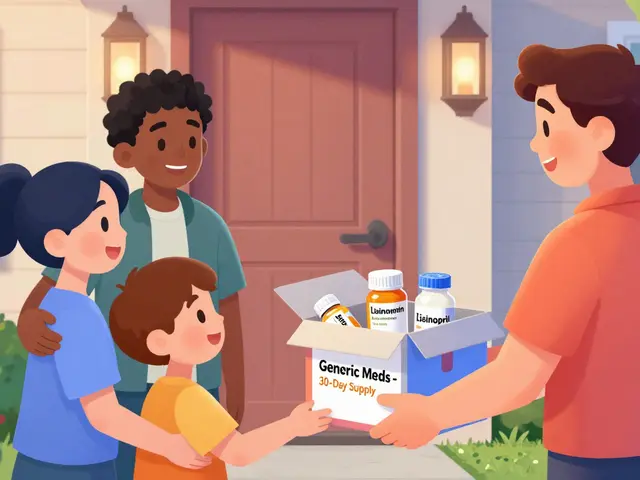Stronger bones: easy, practical steps you can start today
Want stronger bones without confusing advice? Small, consistent habits make a big difference. Bone is living tissue — you can slow loss, keep strength, and lower fracture risk by changing what you eat, how you move, and which medicines you take.
Eat and supplement smart
Calcium and vitamin D are the basics. Aim for about 1,000 mg of calcium daily for most adults and 1,200 mg for women over 50 and men over 70. Food first: dairy, canned salmon with bones, fortified plant milks, tofu, and dark leafy greens. If you use a supplement, calcium citrate is easier on the stomach and okay with less stomach acid; calcium carbonate works too but take it with food.
Vitamin D helps your body absorb calcium. Many adults do well on 800–2,000 IU daily, but check your level with a blood test before high doses. If you have kidney disease, talk to your doctor before starting supplements — dosing needs care.
Protein, magnesium, and vitamin K matter too. Older adults should aim for roughly 1.0–1.2 g protein per kg body weight daily to support bone repair. Eat protein across the day — not all at once.
Move in ways that build bone
Weight-bearing and resistance exercise stimulate bone. Think brisk walking, hiking, jogging, stair climbing, dancing, or bodyweight moves like squats. Add strength training (weights, resistance bands) two to three times a week — focus on major muscle groups. Balance and mobility work (tai chi, single-leg stands) reduce falls and fractures.
Start slow if you’re new to exercise. Even 20–30 minutes most days helps. If you already have osteoporosis or a fracture, ask a physio for a tailored plan — avoid high-twist moves that could risk the spine.
Medications and testing you should know about
Certain drugs can weaken bone over time. Long-term steroids are a big one. Older antiseizure drugs like phenytoin (Dilantin) speed vitamin D breakdown and can lower bone density. Warfarin (Coumadin) affects vitamin K and has been linked to higher fracture risk. If you take any of these, ask your prescriber about bone monitoring and protective steps.
When to check bone density? Common triggers are: women 65+, men 70+, a fracture after age 50, long-term steroid use, or conditions that cause bone loss. A DEXA scan gives a clear baseline and helps guide treatment decisions.
Simple daily moves that help: quit smoking, limit alcohol, cut excess salt, and make your home fall-safe (good lighting, remove rugs, sturdy rails). If you’re considering prescription bone drugs like bisphosphonates, denosumab, or others, talk risks and benefits with your doctor — these medicines work but need proper follow-up.
Got questions about a med you take or how to start an exercise plan safely? Ask your doctor or pharmacist. Small, steady changes add up — and your bones will thank you.
In my latest blog post, I've put together the ultimate guide to Strontium, a dietary supplement that can significantly improve bone health. This comprehensive guide explains the science behind Strontium, its benefits, and how to incorporate it into your daily routine. With osteoporosis becoming a growing concern, this supplement is a game-changer in promoting stronger bones and preventing fractures. I've also included some practical tips and suggested dosages to help you get started on your journey to better bone health. Don't miss out on this essential information to support your body and improve overall well-being!



